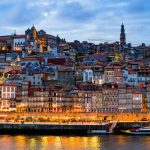America stands proud with its large number of cities, counties, and even states with Spanish names. Some of these names, due to adaptation, underwent anglicization, hiding their Spanish origin from plain sight.
Some of the top 10 U.S. cities with Spanish names should not come as a surprise to you. A few, on the other hand, might actually do. Whatever the case, you are sure to be wanting more after you realize that the Spanish-named places (whether directly or indirectly Spanish-inspired) in the country number up to more than a hundred.
Why are there a lot of Spanish named places in the U.S.? Simply said, the American soil was once a contained colony by the Spaniards, not to mention that most of the Spanish conquistadors and explorers actually settled in many parts of the country.
But, let's not go over your heads. It’s time for some quick tour into our 10 Spanish-named cities in America.
Santa Fe Springs, California
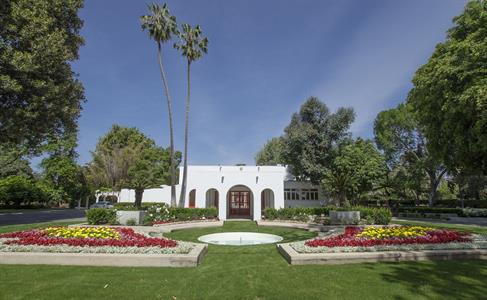
Santa Fe Springs is a city in the state of California. It sits in Los Angeles county. And, with its geographical advantage, the city serves as an “economy pass” to aspirants in Southeast Los Angeles County. Economists call this a “gateway city” alongside Downey, Cerritos, Vernon, and many others.
Santa Fe Springs got its name from the actual mineral springs surrounding the area that was exploited for the Atchison, Topeka & Santa Fe Railway in 1886. The Spanish settlers in the area were believed to have been dumbfounded by the clear springs exuded from the grounds of the city. From there, neighboring people started calling the place Santa Fe Springs (meaning “holy faith” springs).
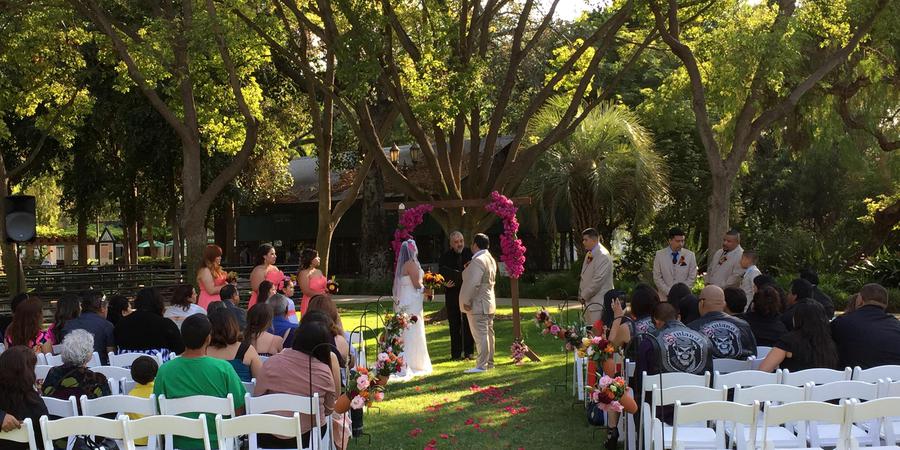
Santa Fe Springs has much to offer both in industry and natural wealth. If you go there for a tour, make sure to visit its attractions. These include the Sproul Museum, Hathaway Ranch Museum, Heritage Park, Pio Rico State Historic Park, Adventure County Park, etc. These parks exist not mainly for their beauty, but also the colorful history they bear.
Las Vegas, Nevada
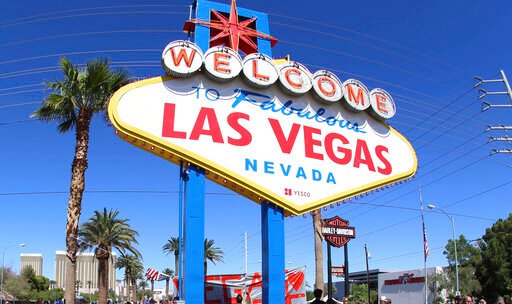
Las Vegas or Vegas (directly translating to “meadows”) emerges as one of the heavily-populated cities in the U.S. A city in Nevada, Las Vegas is also currently the most populated. Apparently, Las Vegas has a chaotic past. In fact, it remains to be one of the busiest cities in the world. Although Nevada, as well as many cities in it, gains quite a reputation for being a notorious red light district, Las Vegas on the other hand, did not legalize prostitution.
Contrary to stereotypes, Las Vegas proves to be a safe place to visit and live in. While it may have witnessed some criminal activities in the past, it remains to be a tightly-secured territory. Stereotypes aside, people all over the world easily remember the city as the entertainment, pleasure, and luxury district in the state of Nevada, or perhaps in the entire country.
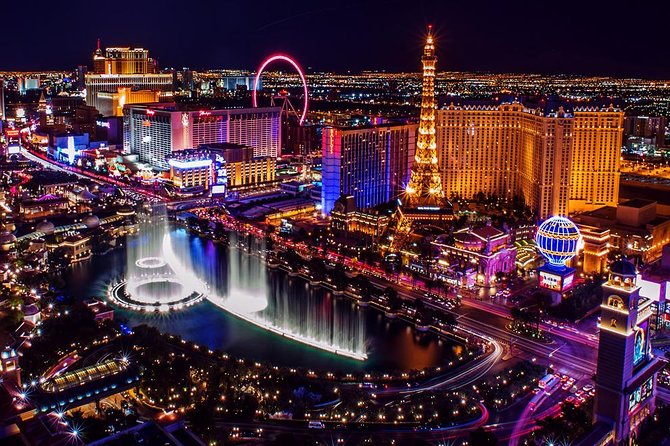
But that is not everything you can find in Las Vegas. With its large area and dynamic cultural heritage, it embraces both metropolitan and desert areas (specifically the Mojave desert). In terms of monumental sites, Las Vegas has much to offer up its sleeve. These include the Fremont Street Experience, the Grand Canyon, the Venetian Hotel, the Strip, the Eiffel Tower, the Paris Hotel, the Mirage Hotel, the Caesar’s Palace, and many more. Once there, you would certainly understand the slogan “what happens in Vegas”.
Palo Alto, California
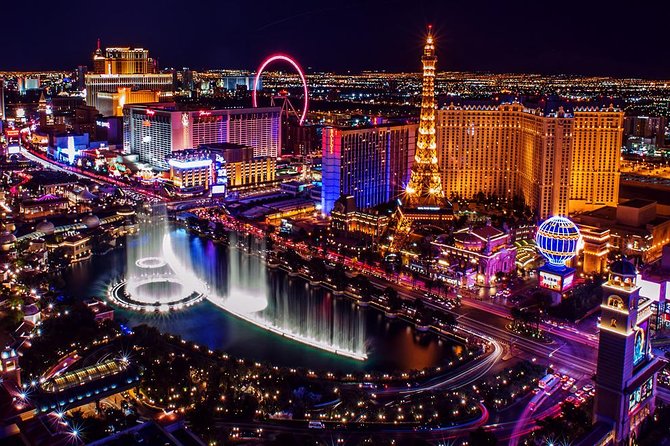
A chartered city in the state of California, Palo Alto commands the far stretches of the San Francisco Bay area and Santa Clara County, all the way to its northwestern tip. When Spaniards came to the place, they noticed the thick rows of redwood trees lined up along its coasts. And so, they named it Palo Alto (meaning “red stick’).
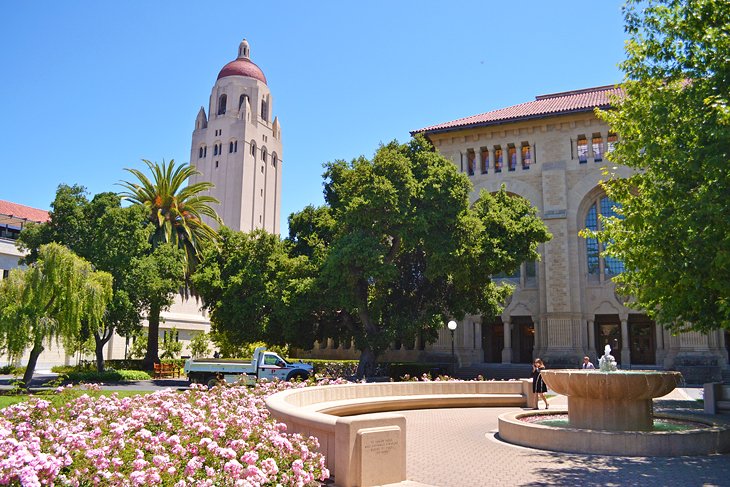
Palo Alto serves as a technological base of several popular technology sites - Tesla, Skype, Ford Research and Innovation Center, etc. Undoubtedly, Palo Alto leads several other bases in the Silicon Valley. Favorite attractions in Palo Alto include the Stanford Theatre, Stanford University, Hewlett Packard Garage, Hoover Tower, Palo Alto Baylands Nature Preserve, and many more.
Santa Cruz, California
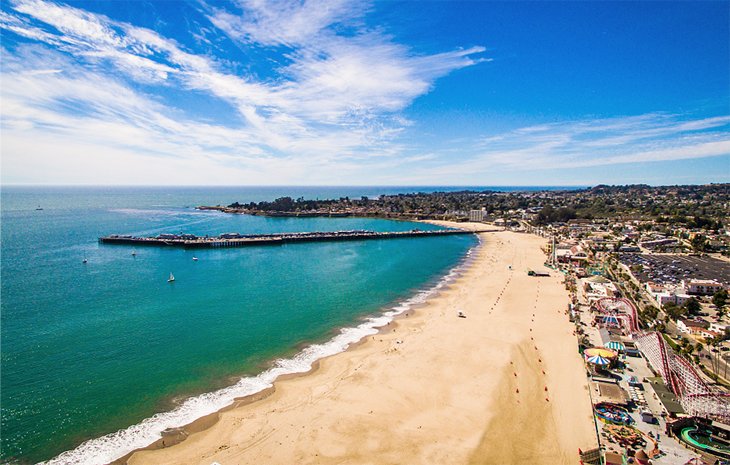
Santa Cruz (translating to “holy cross”) symbolically holds the beating heart of Santa Cruz county in the state of California. Sometimes, it is the actual beating heart of the county. From its pleasant climate, lush environment, close-knit communities, safe lifestyle districts, moderately urbanized areas, and a well-contained metropolitan, Santa Cruz resembles the early Spanish pueblos originally built upon its stead. And, it’s quite well-preserved despite the passing years.
The city remains popular throughout the U.S. as a massive beach town. Tourists are known to crowd up in the city on a regular basis. Also, the quality of life in the city is as welcoming as its beaches thanks to its influx of facilities, affordable homes, and overall sustainable quality of life.

Because of its quality of living, Santa Cruz invites both tourists and inter-state migrants to settle in it. It has also attracted researchers to establish institutes in its vast acres. The increasing number of institutions through the years put Santa Cruz into fame as “the leading research and education center in California or in the country”. Its tourist spots include the Santa Cruz Beach Boardwalk, the Santa Cruz Surfing Museum, the University of California, the Cosmo Factory Cosmetology Academy, the Monterey Bay, plus a lot more.
El Paso, Texas
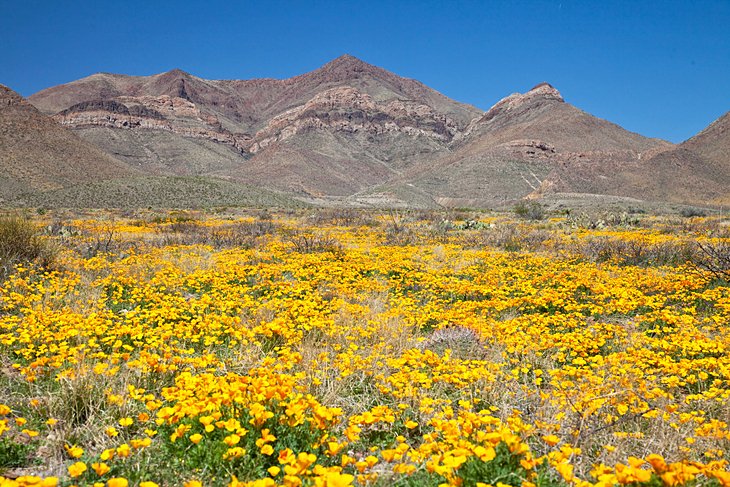
El Paso city is another lively city in Texas (center of el Paso county), being the 6th biggest city in the said state, that literally holds the pass to the Mexican border, hence its name directly translating to “the pass”. Highly militarized from the get-go, El Paso city hosts a number of military bases, Fort Bliss being the most famous. Having said that, it is also worthy to note that the city is one of the safest cities in the whole country.
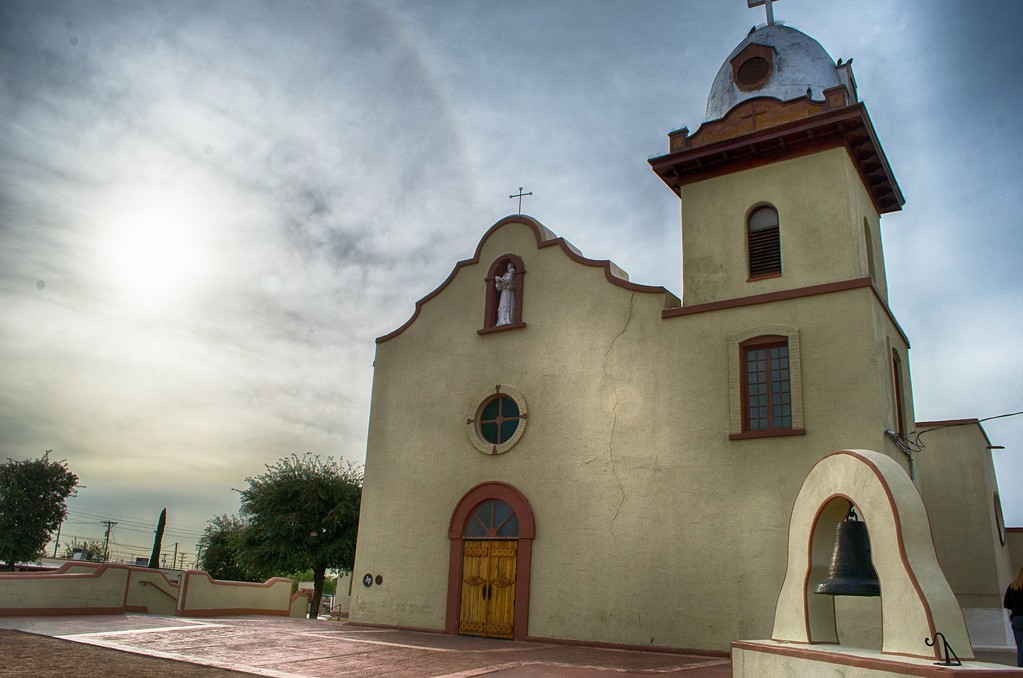
A massive witness to El Paso city’s emergence in the global consciousness, the Rio Grande (big river) remains to be the city’s source of wealth to this day. Other remarkable sites like the Franklin Mountains State park, the National Border Patrol Museum, the El Paso Museum of Art, the El Paso Mission Trail, Hueco Tanks State Park, etc. strongly carve El Paso’s place among most beautiful and highly-developed cities in America.
Madrid, Iowa
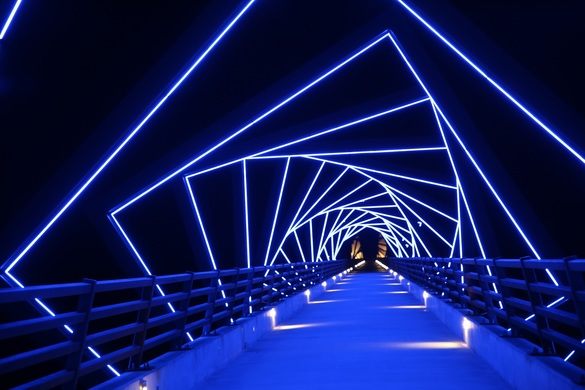
The city of Madrid in the state of Iowa proudly carries a solid historical identity, cultural diversity, and growing business platforms. Apart from these, Madrid is known for its quiet and slightly laid-back town feel. This perhaps makes much of the reason why business-owners flourish in this part of Iowa. Distant but not detached, the city of Madrid offers stable, sustained, and high quality of life to recently-settled residents.

The city got its name in 1914 during the arrival of the Scandia Coal Company of Madrid, Spain. Coal mining helped shape this city’s identity way back when it was still a young small town. Even to this day, Madrid remains a pretty small town. But thanks to its mining opportunities in the past, it managed to establish a metropolitan population from its earlier population of Italian and Croatian migrants. A visit to its Hindu Temple, Edgewood Park, Iowa Arboretum, Madrid History and Clay Castle, and a lot more should make your visit at Madrid unforgettable.
Nogales, Arizona
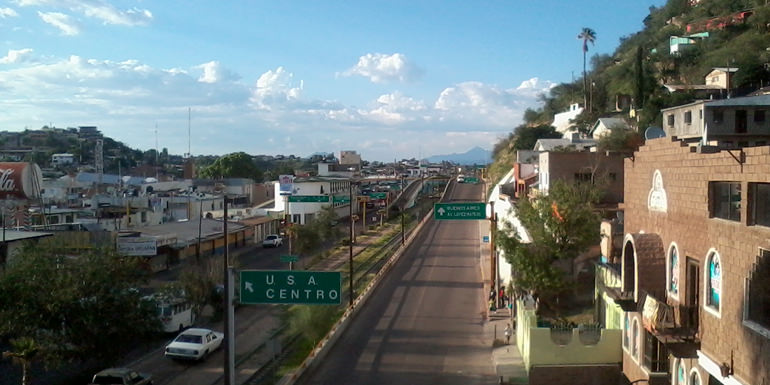
Named after the actual Walnut Trees (“nogales in Spanish), the city of Nogales shimmers as another successful city in the state of Santa Cruz. Eventually, it ranks among the most economically-boosting cities in the country. Promising billions worth of per capita income, trading goods, and job opportunity to the citizens living in the entire Nevada area. It would be safe to presume that Nogales city also functions as a “gateway” for its interstate neighbors.
By the looks of it, Nogales proves to be a substantial conglomeration of economically-boosting community facilities like the Arizona bol, Rio Rico Golf Club, University of Phoenix, Oasis Cinema, Kino Springs Golf Course, Pimería Alta Historical Society Museum, etc. In that respect, international commerce makes up much of the city’s economic traffic. Thus, public and international relations dominate most of the city’s institutions.
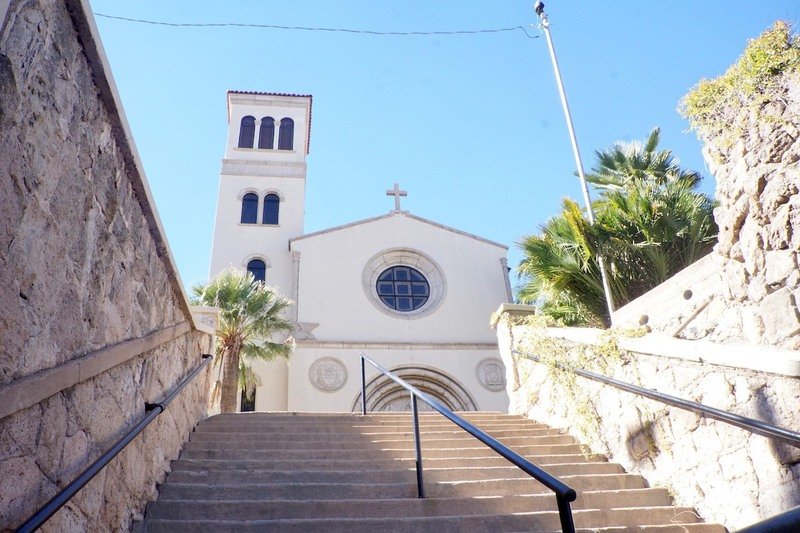
Its natural spots - Madera Canyon, Coronado National Forest, Santa Rita Mountains - also fill in a large part of the city’s identity. And of course, who would ever fail to recognize its four international ports of entry - Dennis Deconcini Pedestrian and Passenger Vehicle Port of Entry, Nogales International Airport, and the Nogales-Mariposa Port of Entry.
Los Angeles, California

Los Angeles, of all cities, truly deserves to be called the “city of angels”. Apparently, Los Angeles translates to “the angels”. Noted as the largest city in California, Los Angeles breathes life to high metropolitan districts, container ports, and even natural habitats. What makes Los Angeles stand out from the rest is its dynamic cultures. Even before its founding, Los Angeles has already seen the bountiful marriage between cultures of namely the Tongva and the Chumash.
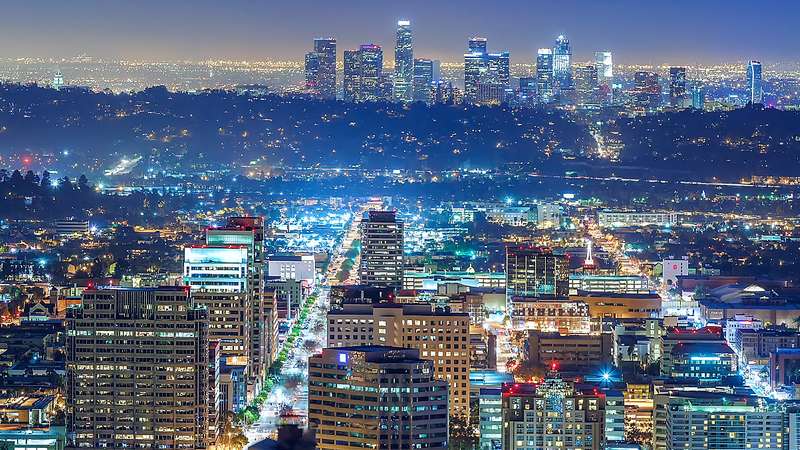
Los Angeles ranks as a highly-popular American city thanks to its deserts, mountains, and a direct orientation to the Pacific Ocean. Top tourist attractions like the Disneyland Resort, the Universal Studios Theme Park, the Broad, the California Science Center, the Petersen Automotive Museum, the Griffith Observatory, the Getty Center, the Santa Monica, etc. should make your visit to Los Angeles worthwhile. Above all else, the perennial Hollywood landmark on the hill should top your list.
San Luis Obispo, California
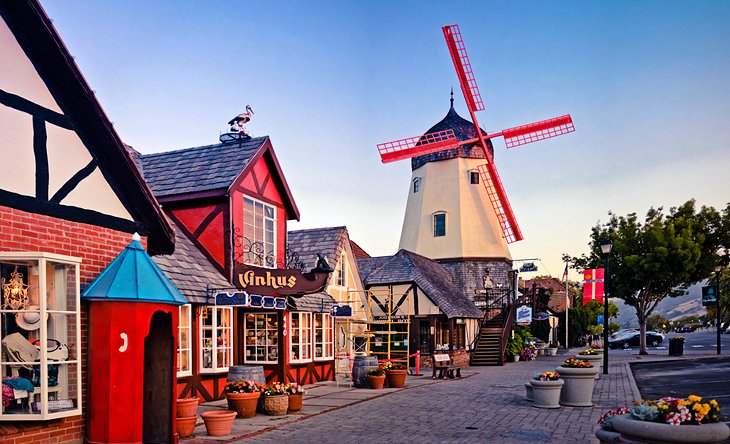
Are you wondering why it’s named after a person, and not just any person but a bishop? Well, all of it had to do with the Fransiscan mission launched in 1769. To shorten the story, Fr. José Cavaller felt it his duty to name the place in honor of “St. Louis Bishop of Toulouse”. The city of San Luis Obispo earns a reputation for being a geographically-active place from above and below. By below, the city hides a dozen seismic faults.
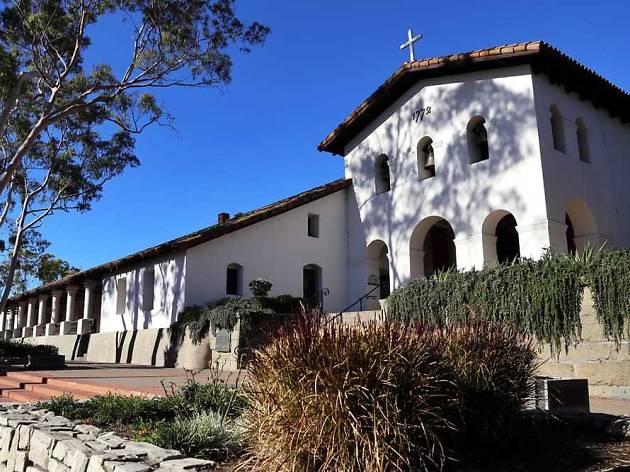
With a large land area, San Luis Obispo graces the U.S. Route 101 with eye-poppingly magnificent beautiful natural formations - Avila Beach, San Luis Obispo Creek, Bishop Peak, etc. Once there, make sure to pay these sites a visit: the Sunset Drive-In, the Pismo Beach, the Mission Plaza, the Thursday Night Farmers’ Market, the Historic Downtown, and a lot more. Ultimately, all these factors (including the growing economic breeze and the peaceful communities) rightfully makes the city the “happiest city in America”.
If you’re not convinced that it’s the happiest city in America, check out the following reasons: (1) the city ushers in an active physical space for its people, (2) the city is home to art-loving people, (3) the city has rich farming and agriculture territory, (4) the city has the perfect weather you can find, (5) the city has strong and supportive communities. All these factors spin the perfect and happy atmosphere in San Luis Obispo.
Mercedes, Texas
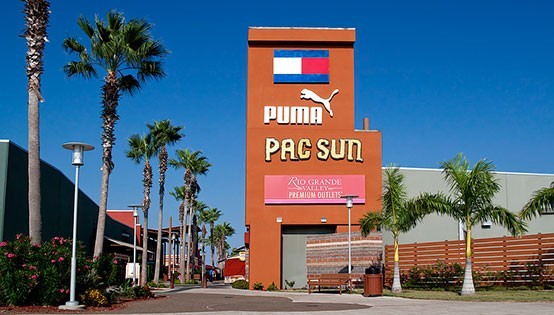
Also known as the “Queen City of the Valley”, the city of Mercedes proudly earns the respect for being the premiere city in the Reynosa-McAllen cosmopolitan Borderplex, claiming percentages in terms of contributed population goods. Flowing to the southeast of the city, the Rio Grande connects the city to El Paso, Colorado, Mexico, and the US-Mexican border.
But how did Mercedes get its name? Historians believe that the city is originally named Diaz after Mexico’s president, Porfirio Diaz. As to how it morphed into the Spanish name Mercedes, more research had to be done. Some believed that it was taken after the president’s wife. However, it ended up being dismissed by historians simply by the fact that none of the president’s two wives bear such a name.
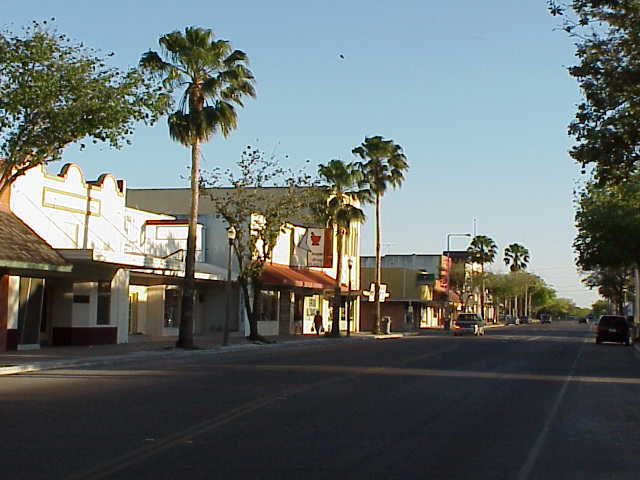
The summer climate tends to be most treacherous in this part of Texas. Accordingly, its summer can get mildly humid to arid dry hot. During winter, its temperature can reach mild fairly chilly. Natural sites in Mercedes include the Campacuas Lake, Las Palomas Wildlife, Llano Grande Lake, and a lot more. Mercedes also hosts the most iconic public art project in Texas - the cowboy boots.


